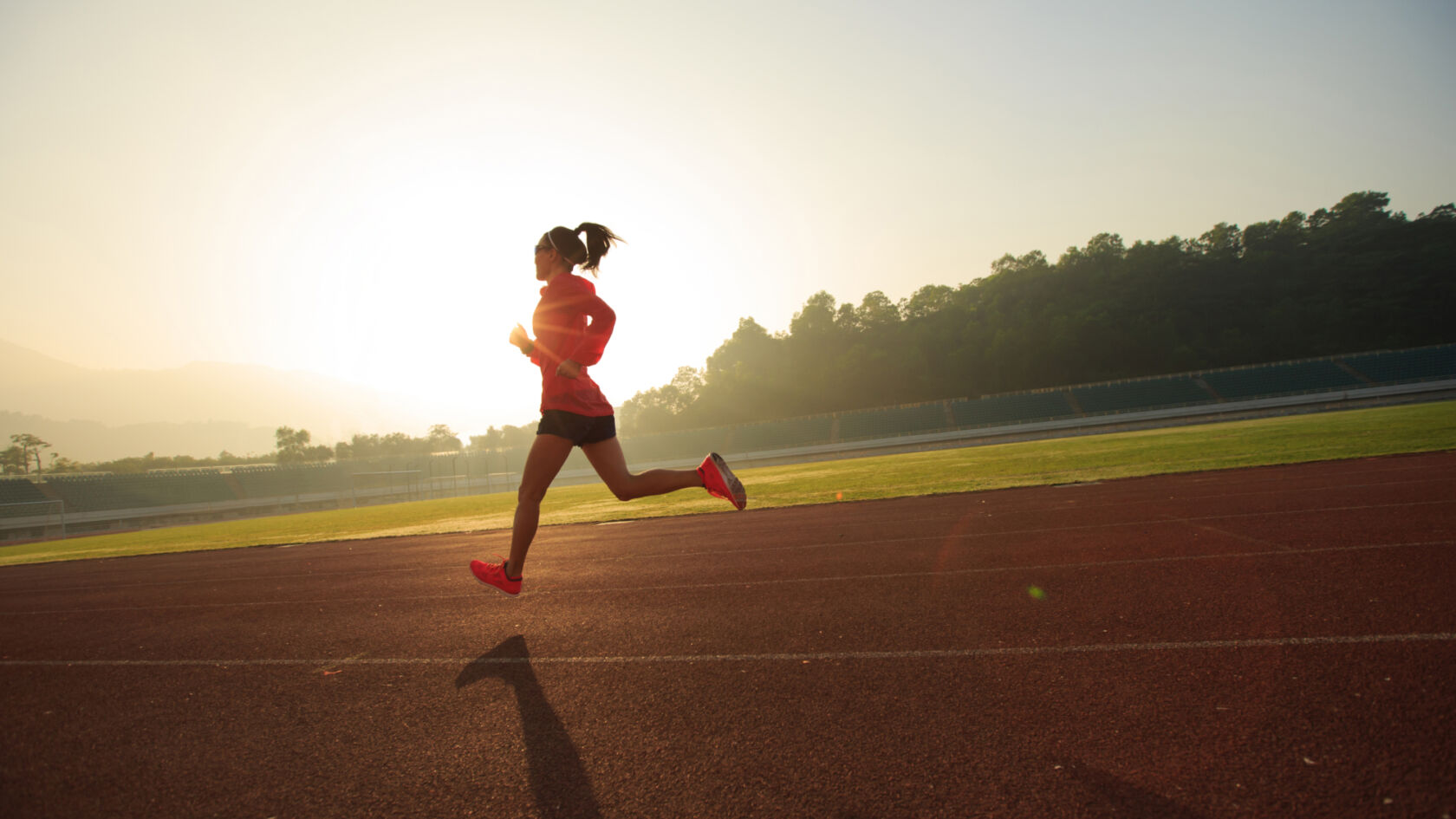Running technique for beginners

Running is a technical sport: if you want to run faster or more efficiently, it is good to look at your running style. There is no such thing as one running technique, but when you’re just starting out there are often many points you can pay attention to in order to improve yourself. Hardlopen.nl expert Rob Veer offers a few handy tips for better running technique.
















